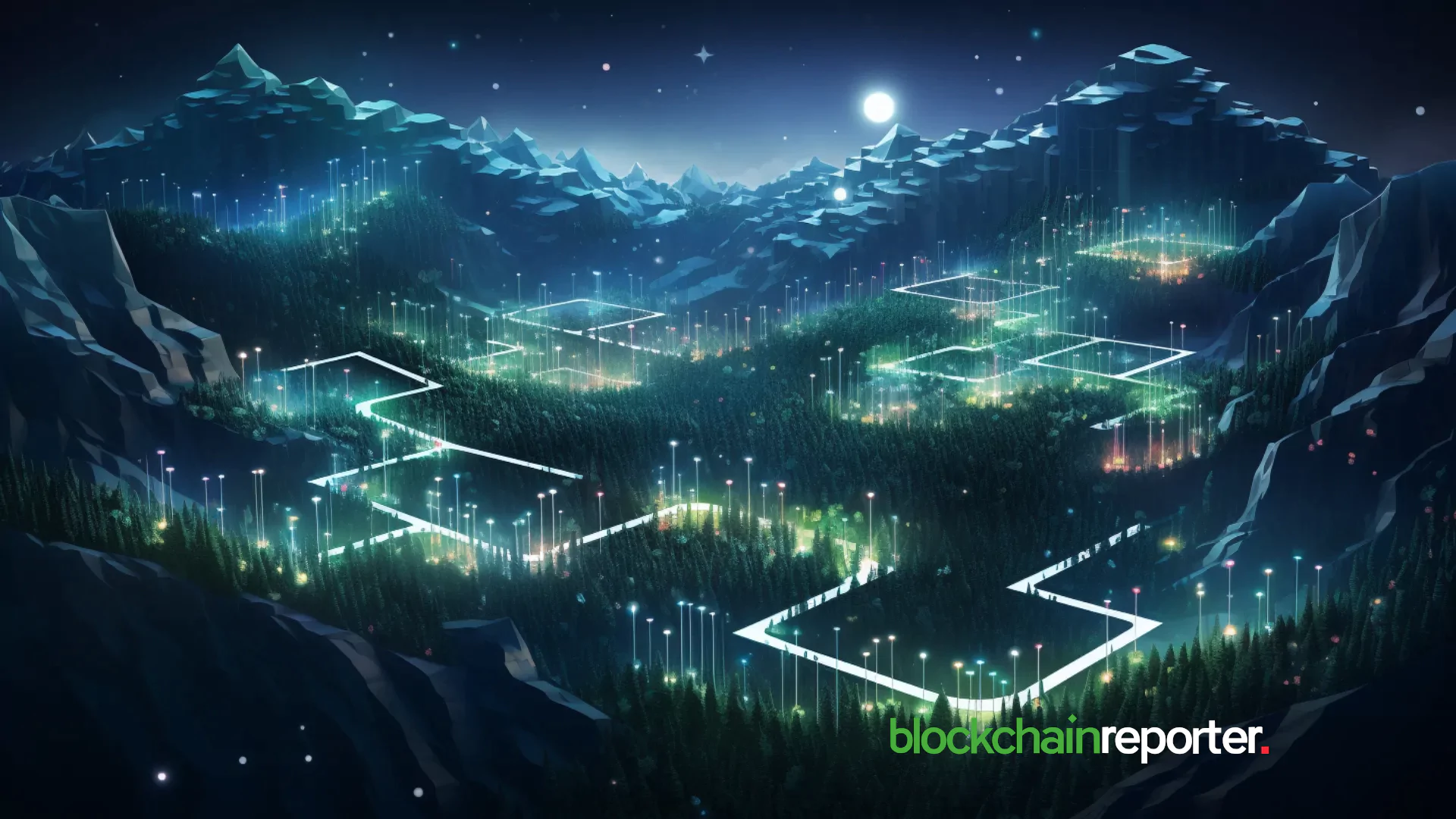Hyra Network and XDC Network Partner to Transform Trade Finance with AI and Blockchain

Hyra Network announced a strategic partnership with XDC Network, creating decentralized AI infrastructure and enterprise-grade blockchain technology. This collaboration marks a crucial moment in the consolidation of Decentralized Physical Infrastructure Networks (DePIN) and institutional finance. Both platforms utilize their unique strengths to enhance new opportunities in global trade.
Enterprise Blockchain Meets Sovereign AI
Hyra Network is an award-winning company that is positioned to be a leading source of AI infrastructure. The project is based on a Layer-3 blockchain with over 2.7 million connected devices across 205 countries, providing more than 360,000 TFLOPS of combined computing power.
XDC Network has been established as the blockchain for enterprise solutions, particularly in trade finance and real-world asset tokenization. The network recently acquired Contour to enhance its robustcoin integration and trade finance capabilities. With collaborations with Archax, XDC has brought money market funds from BlackRock, Fidelity, and State Street into the blockchain. Transaction speeds of only two seconds and extremely low fees make XDC attractive for institutions to modernize their financial infrastructure.
Hyra provides decentralized GPU computing power, enabling XDC to enhance smart contract capabilities with machine learning and predictive analytics. XDC provides Hyra with a proven enterprise-ready blockchain framework that integrates traditional financial systems and meets international standards.
Opening New Use Cases in Trade Finance
The most intriguing aspect of this collaboration is its ability to influence the trade finance, which is a $5T industry, also failing to overcome the problem of inefficiency. Hyra’s AI-powered data processing with XDC’s blockchain infrastructure for digitizing Letters of Credit could significantly reduce processing times and costs for international commerce.
The integration provides both networks with the opportunity to capitalize on a massive RWA tokenization growth. Industry projections suggest that the tokenized RWA market will increase from approximately $11.5B in early 2025 to $30T by 2030. With XDC’s institutional partnerships and Hyra’s decentralized computing power for complex data analysis, the partnership could accelerate tokenized asset adoption across multiple sectors.
The partnership resolves a significant AI issue of affordability and decentralization of computing capabilities. Tech companies dominate most of the GPUs infrastructure, but the Hyra network can access computing power. Together with the low-cost transaction settlement rate of XDC, this creates a setting in which AI programs can be effectively implemented without the need to use the centralized cloud providers.
Strategic Timing in a Rapidly Evolving Landscape
The partnership occurs when both AI and blockchain technologies are experiencing significant increase. The funding for AI-based blockchain protocols exceeded $2.5B in the first half of 2025, indicating strong investor confidence. Hyra Network’s recent approval of a $500M innovation fund and its plan for a Nasdaq IPO by 2030 demonstrate a long-term commitment to building robust infrastructure.
XDC Network has been exceptionally aggressive, launching its second RWA Tokenization Accelerator program with Plug and Play Tech Center and obtaining Platinum Sponsor status at the RWA London Summit 2025. The network had an omnichain capability through the integration of LayerZero and Stargate, where it could connect with Ethereum, Solana, Arbitrum, and other blockchains, as well.
Hyra, which collaborates with a network that has been deemed to have adhered to the regulations, and institutional adoption is a crucial step in transforming its decentralized AI infrastructure into an enterprise-level use case.
Conclusion
The Hyra-XDC alliance is not just a technical integration, but a transformation of the approach to digital transformation of businesses. It outlines key challenges that have meant that large organizations have not been able to utilize the Web3 technology completely. It solves major issues that have made large organizations unable to adopt Web3 technologies completely. Having the record of institutional adoption by XDC and the innovative method of decentralized AI of Hyra, this collaboration can become an example of the future blockchain infrastructure. It is configured to be secure, expandable, and enterprise-ready.
You May Also Like

South Korea’s $657 Million Exit from Tesla Signals a Big Crypto Pivot

Google's AP2 protocol has been released. Does encrypted AI still have a chance?
